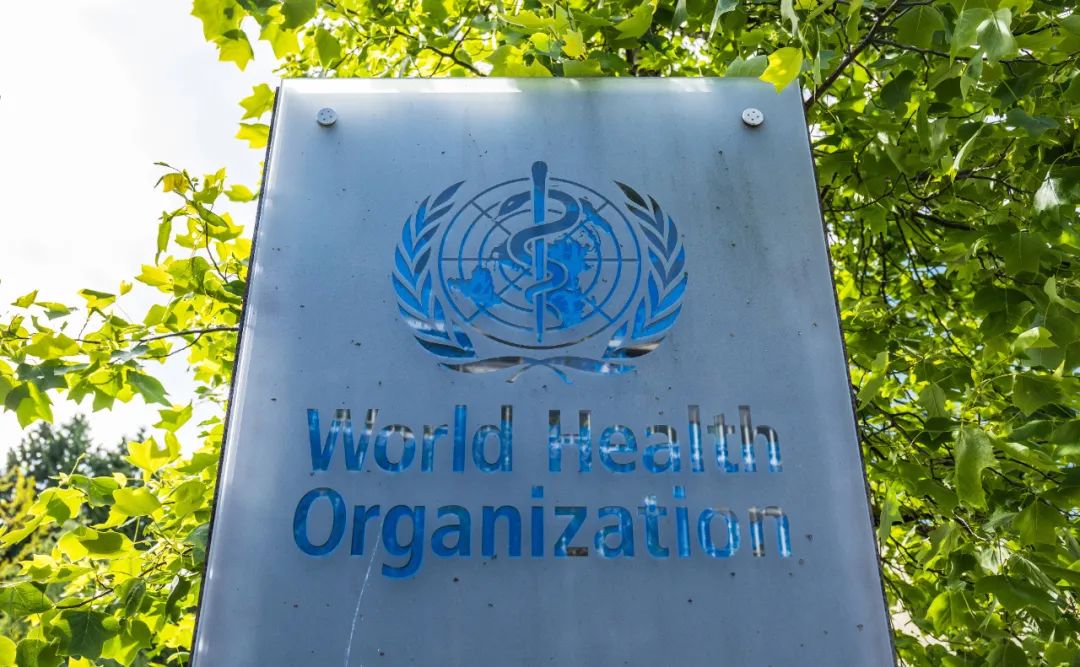Position’╝�Home > health > Content
Ending the tuberculosis epidemic: urgent global action
Date’╝�2025-03-31 18:07Editer’╝ÜadminRead’╝�’╝�

In the long history of human struggle against infectious diseases, tuberculosis has always occupied a position that cannot be ignored. On the World tuberculosis Day on March 24, the World Health Organization issued the theme "Yes! We can end the tuberculosis epidemic: commitment, investment, action", and issued a strong appeal to the world to end the tuberculosis epidemic. However, tuberculosis is still one of the most deadly infectious diseases in the world, and the situation of prevention and control is still grim. ŌĆ�
According to the official website of WHO, 3425 people die of tuberculosis every day and nearly 30000 people are infected. Although the global fight against tuberculosis has saved about 79 million lives since 2000, and more than 8.2 million tuberculosis patients worldwide will receive diagnosis and treatment services in 2023, higher than in previous years, there is still a huge gap between the estimated number of global tuberculosis patients and the number of newly diagnosed cases. ŌĆ�
At the 2023 United Nations High level Meeting, leaders of all countries pledged to accelerate the pace of ending the prevalence of tuberculosis. Implementing WHO's guidance and policies is a key link in ending the tuberculosis epidemic. Some countries and regions have made positive progress in this regard. Since 1979, China has formulated and implemented a number of tuberculosis prevention and control plans. Since the 18th National Congress of the Communist Party of China, the national tuberculosis epidemic has continued to decline, with the incidence rate and mortality rate down by about 30%, and the successful treatment rate maintained at more than 90%. China has also issued the National tuberculosis Prevention and Control Plan (2024-2030), which points out the direction for follow-up prevention and control work, incorporates the responsibilities of 15 government departments into the responsibility framework, strengthens cross sectoral collaboration, and promotes policy implementation. ŌĆ�
Adequate investment of funds is essential for tuberculosis prevention and control. However, Qiao Jianrong, coordinator of the World Health Organization's Representative Office in China, said that since 2019, the funds for tuberculosis prevention, diagnosis and treatment services have continued to decline, far below the global demand and the goals committed by countries. In 2023, the funding for tuberculosis core services in middle - and low-income countries in the world will be only one quarter of the 2027 target. The lack of funds has restricted the progress of treatment, and about 30% of tuberculosis patients in the world are not treated. To end the prevalence of tuberculosis, we must open up bold and diversified financing channels, support the innovation of prevention and control work, narrow the service gap, and promote technological progress. ŌĆ�
Scientific and technological progress has brought new opportunities for tuberculosis prevention and control. In the process of tuberculosis prevention and control, early detection is a major problem, and about 20% of suspected cases have no symptoms. As a result, new technologies continue to emerge. Jiangsu Province has established a provincial health cloud image platform and installed an artificial intelligence image reading system to achieve early detection of lung diseases; Yunnan relies on the basic public health management system, connects patient screening pathways and results, and also extends rapid diagnostic technology to grassroots medical institutions. In addition, the new diagnostic technology developed in China has shortened the diagnosis time of drug-resistant tuberculosis from two to three weeks to four to six hours. ŌĆ�
However, due to factors such as continued conflict, the current global prevention and control progress is not enough to achieve the tuberculosis prevention and control goal set in 2018- by 2030, tuberculosis mortality will be reduced by 90% and incidence rate by 80%. To achieve this goal, all countries need to act together, fulfill their commitments, increase investment, and use scientific and technological innovation to empower tuberculosis prevention and control. ŌĆ�
Ending the tuberculosis epidemic is a long war without gunsmoke, which tests the determination, wisdom and action of all mankind. As long as governments, social organizations, scientific research institutions and everyone work together to actively respond to the appeal of WHO, the tuberculosis epidemic will be ended as soon as possible and a new chapter will be written for global public health.
- Pre’╝�Frequent occurrences of rodents, insects, and foreign object
- Next’╝ܵ▓Īµ£ēõ║å